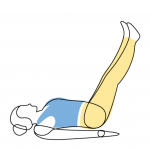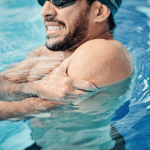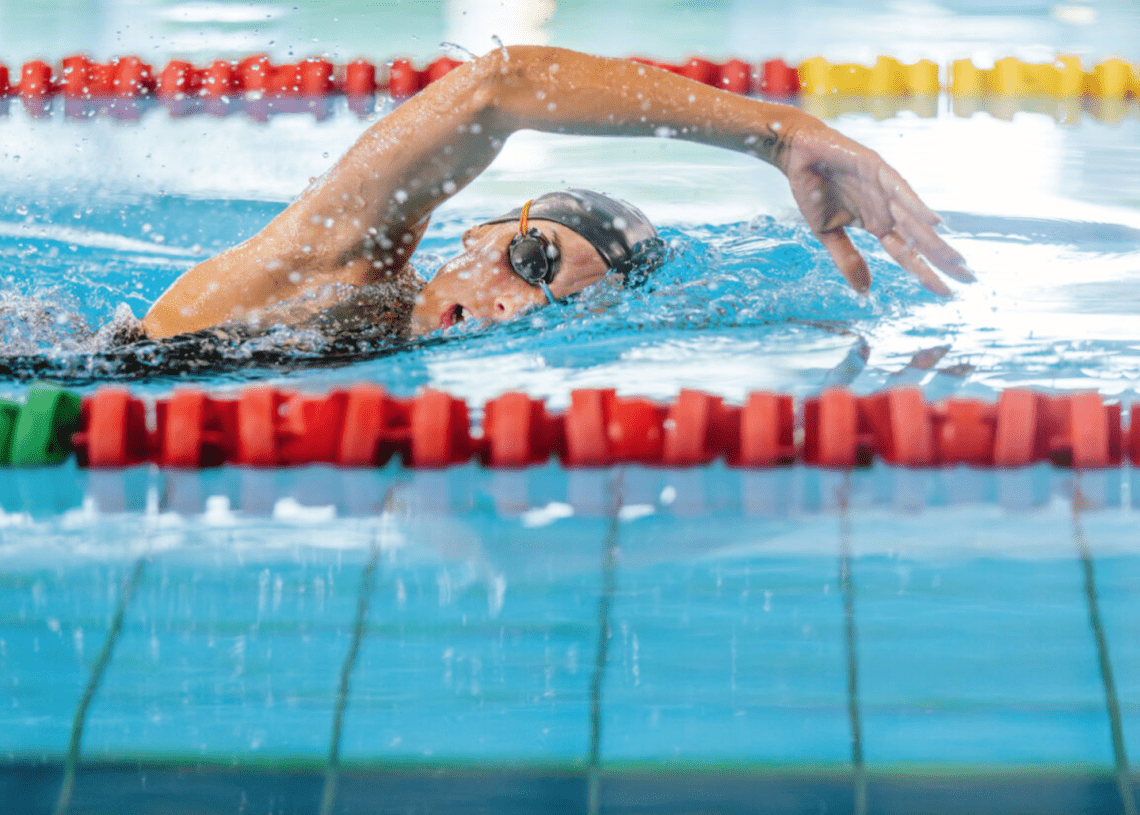
What is the bilateral breathing ladder, and is bilateral breathing really necessary?
We share some top tips for improving your bilateral breathing – and even if you can’t get it right, it’s not the end of the world!
The question of whether you have to do bilateral breathing comes up frequently and causes new
swimmers unnecessary anxiety. They feel they are failing as a swimmer if they can’t do bilateral breathing (spoiler alert: they’re not).
What is bilateral breathing?
Bilateral breathing is usually thought of as taking a breath every third stroke on alternate sides. However, a better description, as we will see later, is having the ability to breathe equally effectively to either side.
However you define it, let’s be clear: you do NOT need to breathe bilaterally.
Just watch the breathing patterns in a top level swimming race. In the men’s 1500m freestyle final in the Tokyo Olympics (which was a thrilling race to watch, incidentally), the only swimmer who consistently breathed to both sides was Florian Wellbrock, who finished third and then picked up gold in the 10km marathon swim.
Wellbrock typically swam one length breathing to the left and the next breathing to the right, enabling him to keep a close eye on his main rivals. However, in the final part of the race, when the pressure cranked up, he only breathed to the right. In the marathon swim, Wellbrock tended to take a handful of breaths to one side, then switch to the other for another few breaths, sometimes sighting as he switched from one side to the other.
However, many of the other swimmers primarily breathed to one side only.
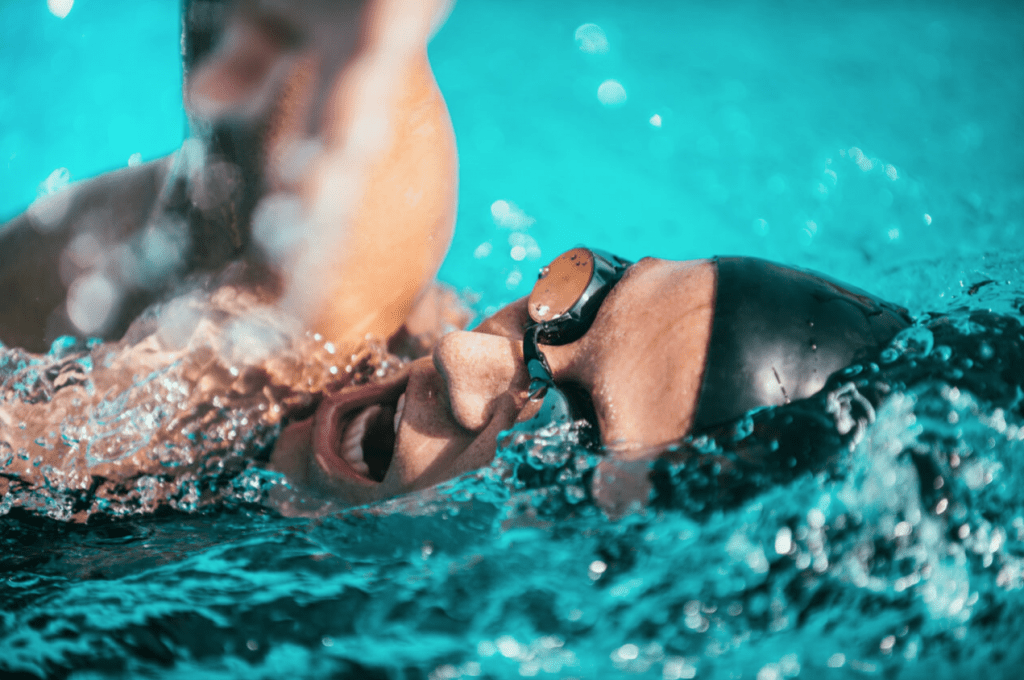
So while it’s not necessary to breathe bilaterally, and it may not make you faster, there are undoubtedly benefits. In a racing scenario, either in open water or in the pool, it makes it easier to watch your competitors as Wellbrock demonstrated. If you’re following a shoreline in an ocean swim, it’s easier if you can look towards it. Sometimes you might want to breathe away from incoming waves or to avoid the splashy leg kick or another swimmer.
Bilateral breathing should thus be thought of as a useful additional skill to bring to your swimming rather than one that defines your overall swimming ability.
Another argument for practising it is that it helps develop balance in your stroke. Bilateral breathing is not a binary skill – something you can either do or not do. It has several layers you can progress through, a sort of ladder of bilateral breathing ability. If you’re working on bilateral breathing, it’s worth remembering this. It’s not just something that happens after a couple of practice sessions. You need to work through the levels.
The bilateral breathing ladder
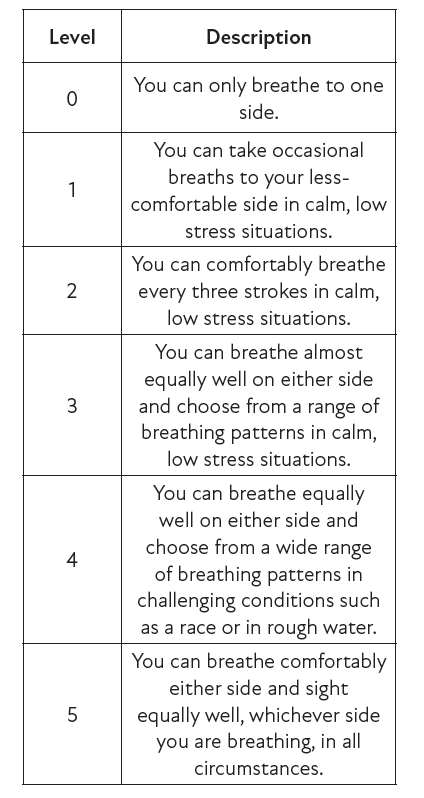
Tips for improving your bilateral breathing skills
• Practise in a pool where you don’t need to lift your head for sighting. Sighting is an additional complication.
• Use the warm up, cool down and drills to practise breathing to your weaker side. As you get better, try including more bilateral breathing on higher intensity swims.
• Some people find it easier to practise bilateral breathing while using a pull buoy – but don’t come to depend on the additional buoyancy.
• Breathe out while your face is in the water.
• As you progress, try doing a full warm up, or even a full session, breathing to your least comfortable side.
• Experiment with different breathing patterns: breathe every 3, or every 2, 3, 2, 3 strokes, or change side every length.
• Practise sighting in the pool on your weaker side, to make it easier when you move outside.
• Be patient and kind to yourself. Remember, even if you are a level zero bilateral breather (ie, you can’t do it), you can still be an excellent swimmer.






